Wellness
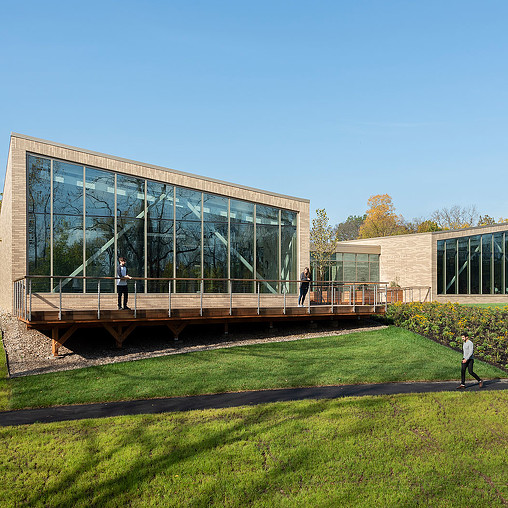
OhioHealth Neuroscience Wellness Center
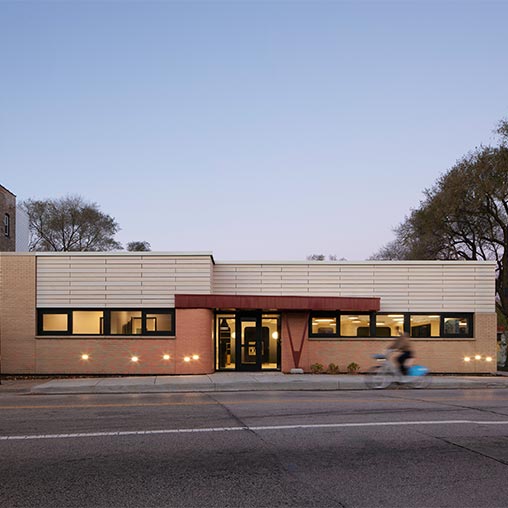
North Side Housing and Supportive Services
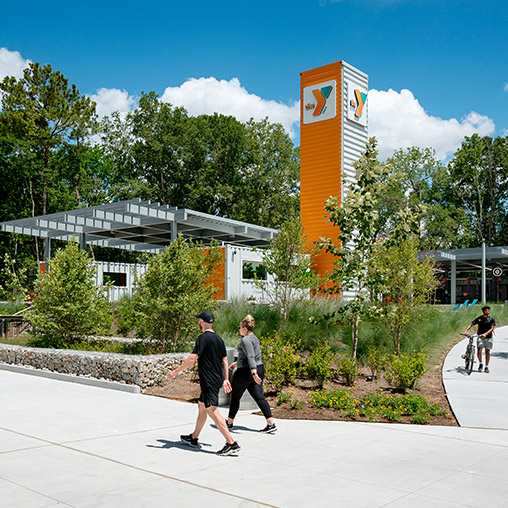
Holcomb Family YMCA
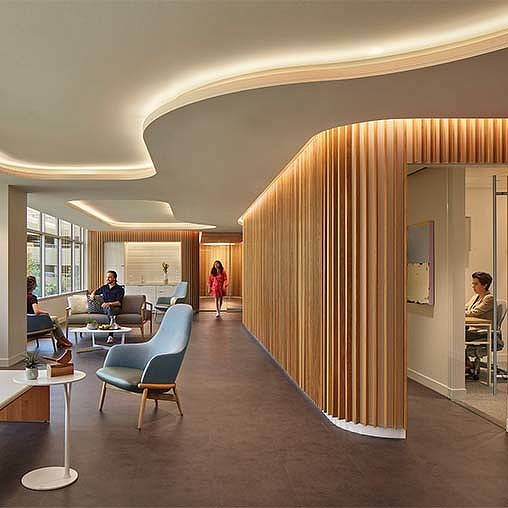
Bill Richards Center for Healing at Aquilino Cancer Center
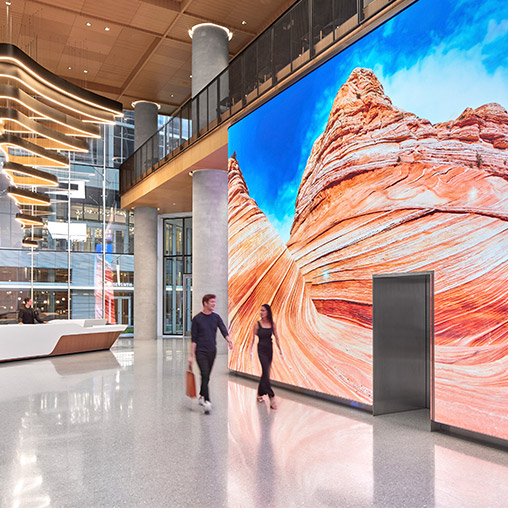
Marriott International Global Headquarters
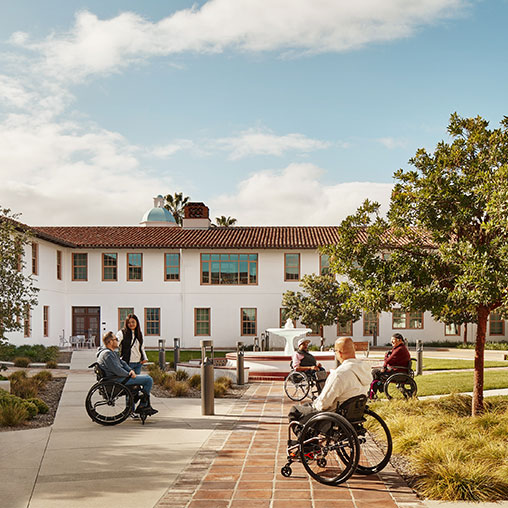
Rancho Los Amigos – Harriman
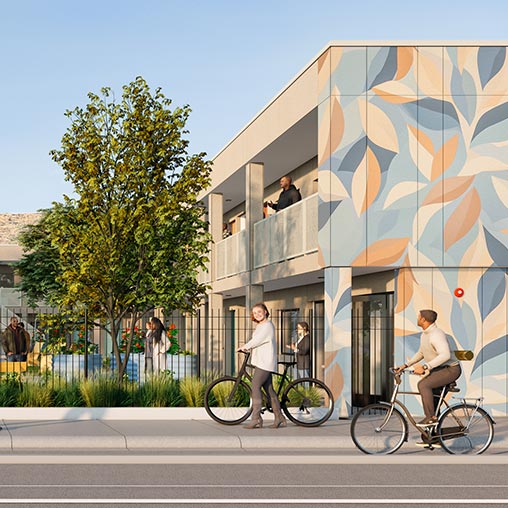
The Haven on Lincoln
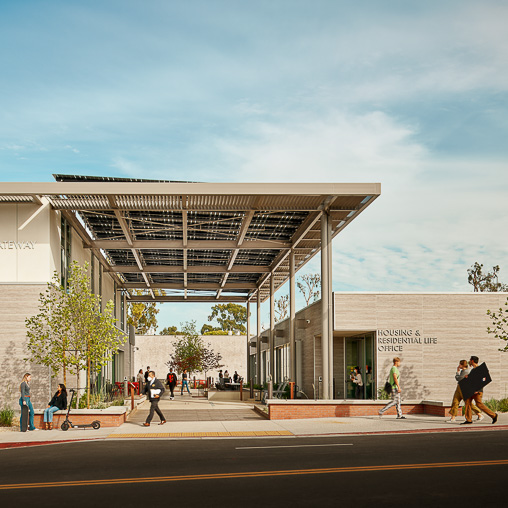
CSULB Hillside Gateway
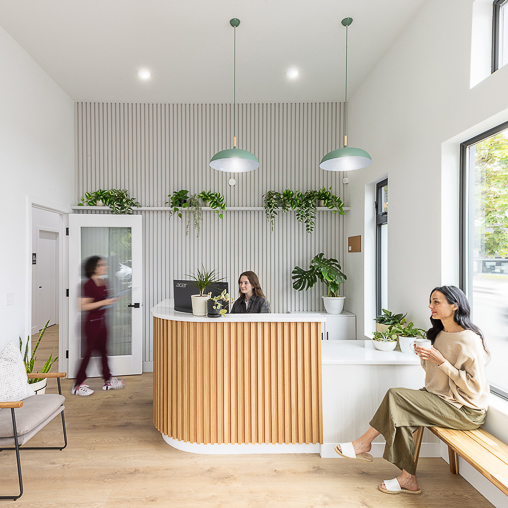
Open Wellness
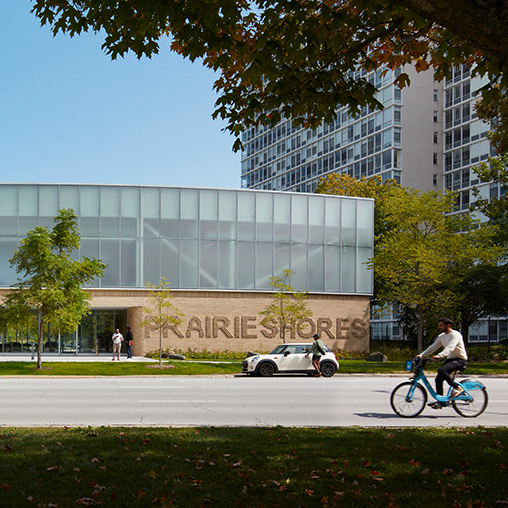
The Hub at Prairie Shores
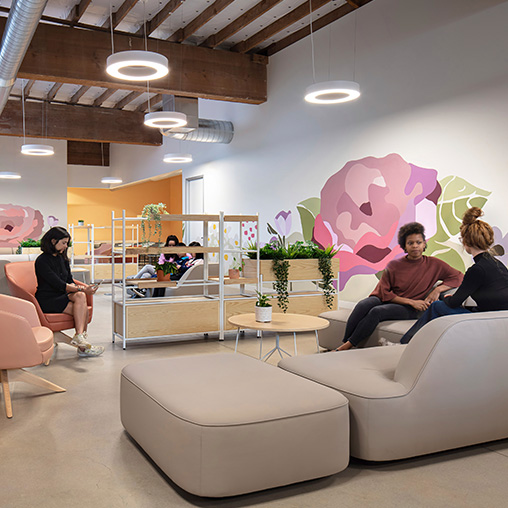
Rose Haven Community Day Shelter
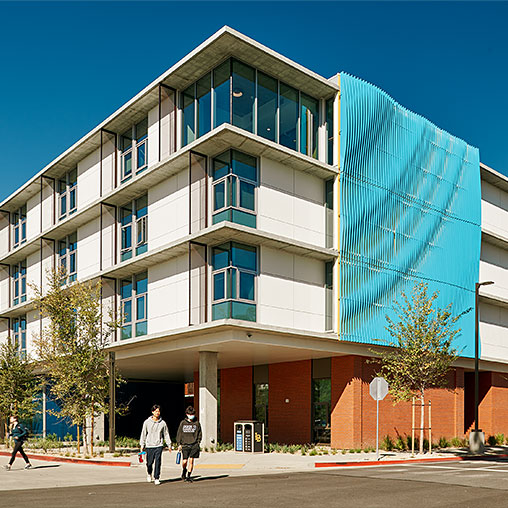
CSULB Parkside North Residence Hall and Housing Administration Building
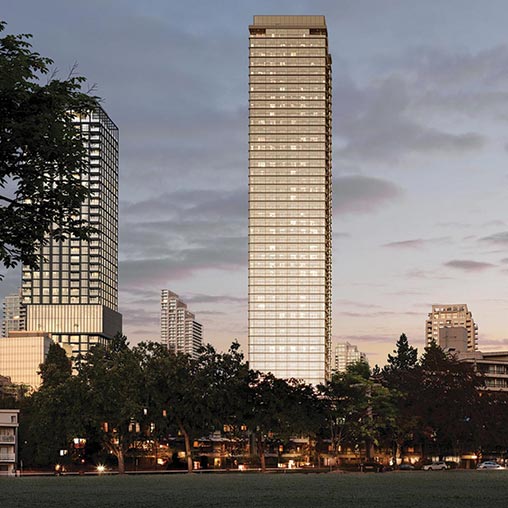
Solhouse 6035
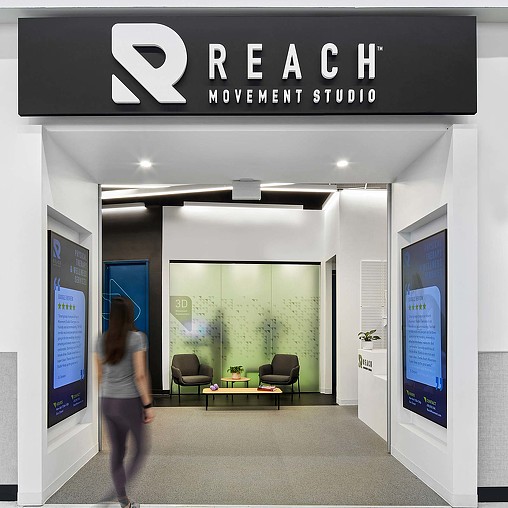
Reach Movement Studio
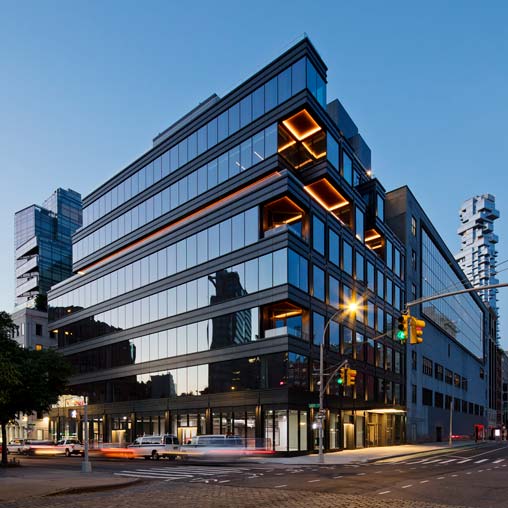
15 Laight Street
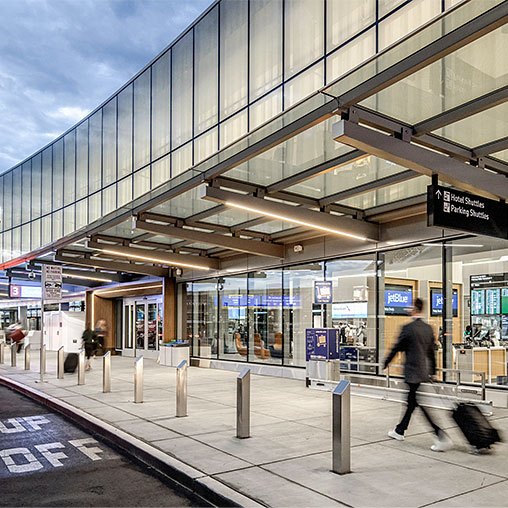
San Francisco International Airport, T1 Net Zero Program
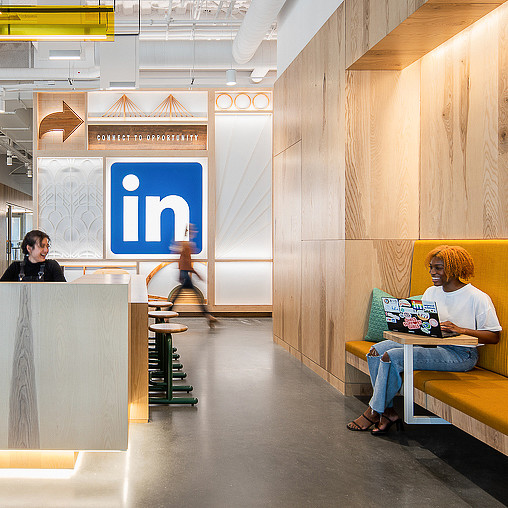
LinkedIn Omaha
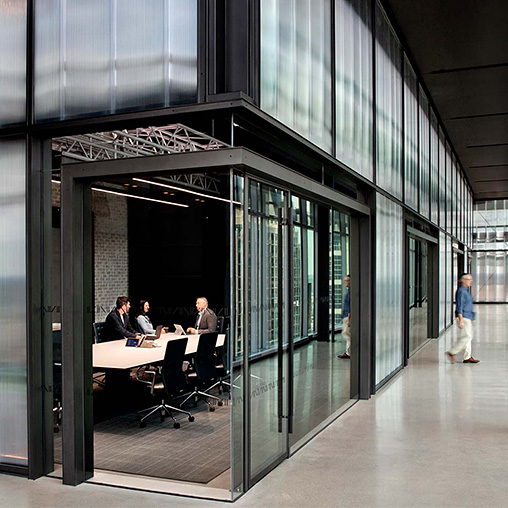
AllianceBernstein Nashville Headquarters
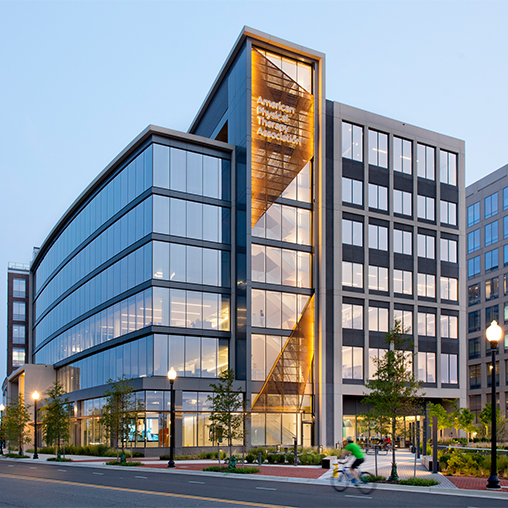
American Physical Therapy Association Headquarters
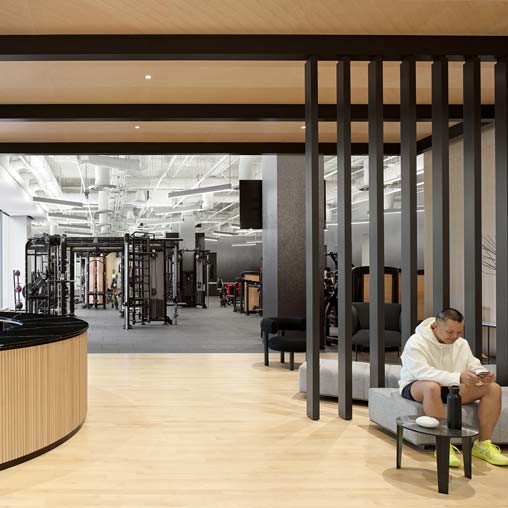
The Current at CIBC SQUARE
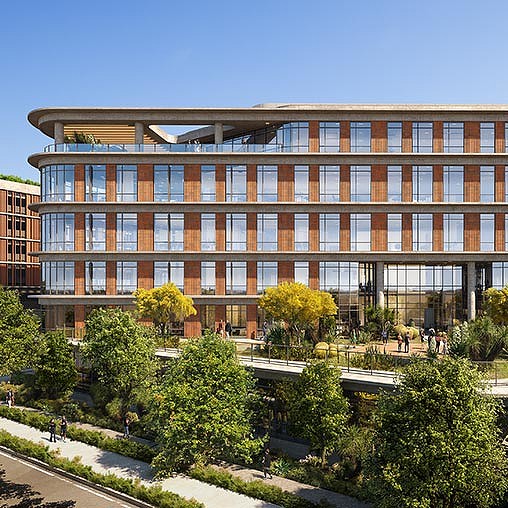
Springdale Green
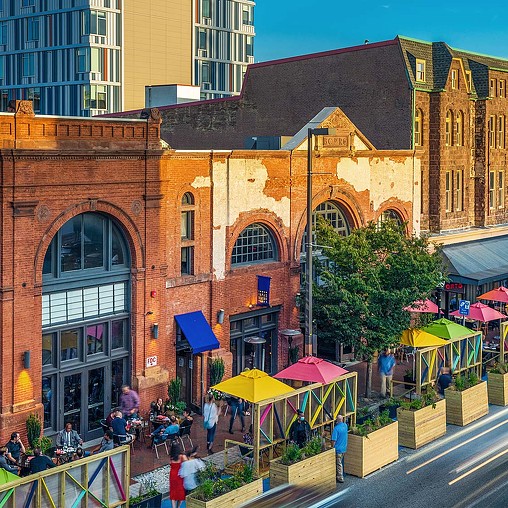
Design for Distancing
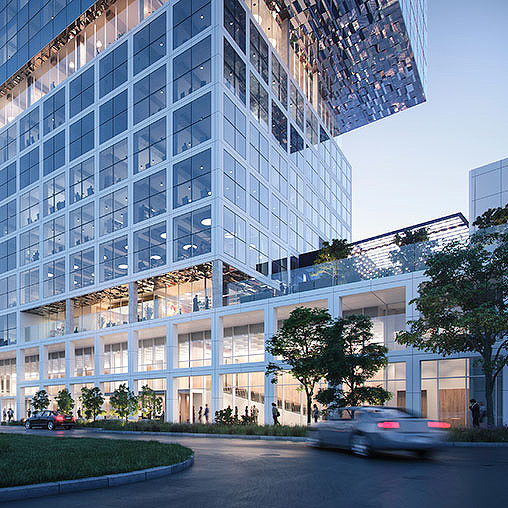
Two Legacy West
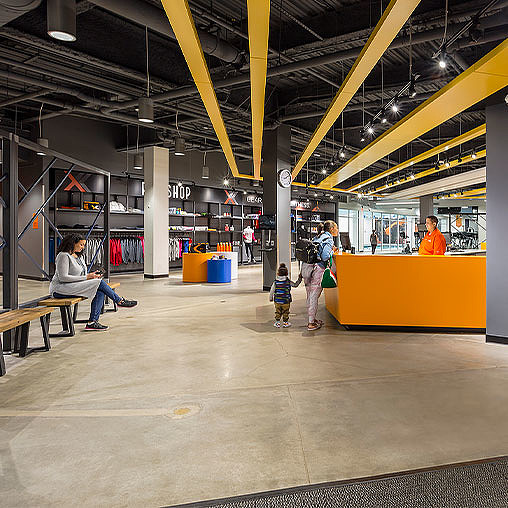
Xperience Fitness
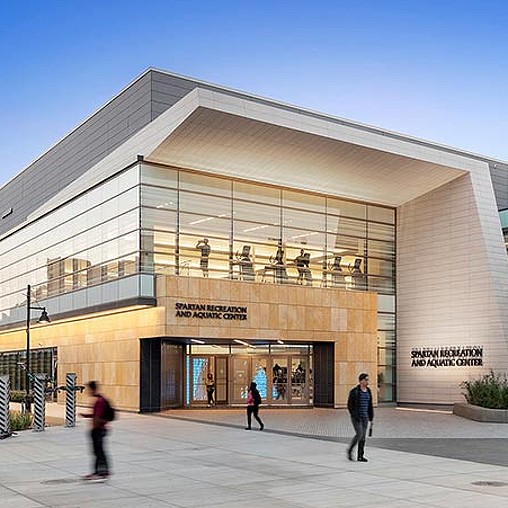
San Jose State University Spartan Recreation and Aquatic Center
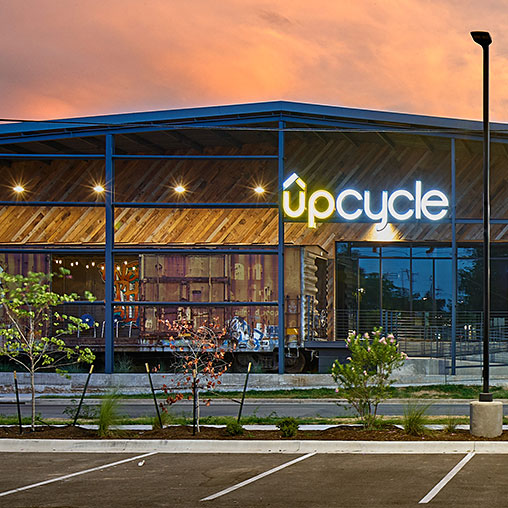
UPCycle
_Edited_508x508_1549297879_508x508.jpg)
T-Mobile, 3305
Wellness Consulting
Gensler’s wellness consulting services integrate the eight dimensions of wellness — emotional, physical, environmental, purpose, organizational culture, professional, intellectual, and social — to deliver holistic impact.
- Wellbeing Analysis and Benchmarking
- Inclusive Design Assessments
- Wellness Programming and Amenity Planning
- Material Red List Planning and Implementation
- Community and Social Impact Strategies
Wellness Design
Gensler’s Wellness Practice Area specializes in designing built environments that prioritize health, equity, and well-being. We use evidence-based approaches backed by scientific research, to create bespoke solutions that meet our clients’ unique needs and achieve measurable wellness outcomes.
- Inclusive Design Implementation
- Biophilic Design
- Campus-wide Wellness Planning
- Wellness Centers
- Community and Fitness Facilities
- Supportive Housing
Wellness Certification
We bring together designers, owners, and consultants to develop tailored solutions, including health and wellbeing key performance indicator tracking, to align with clients’ values and ensure impactful outcomes for health and equity. We leverage our cross-sector research and experience across programmatic, design, and policy, to customize value-add opportunities and optimize wellness experiences, quantified through third-party certification programs.
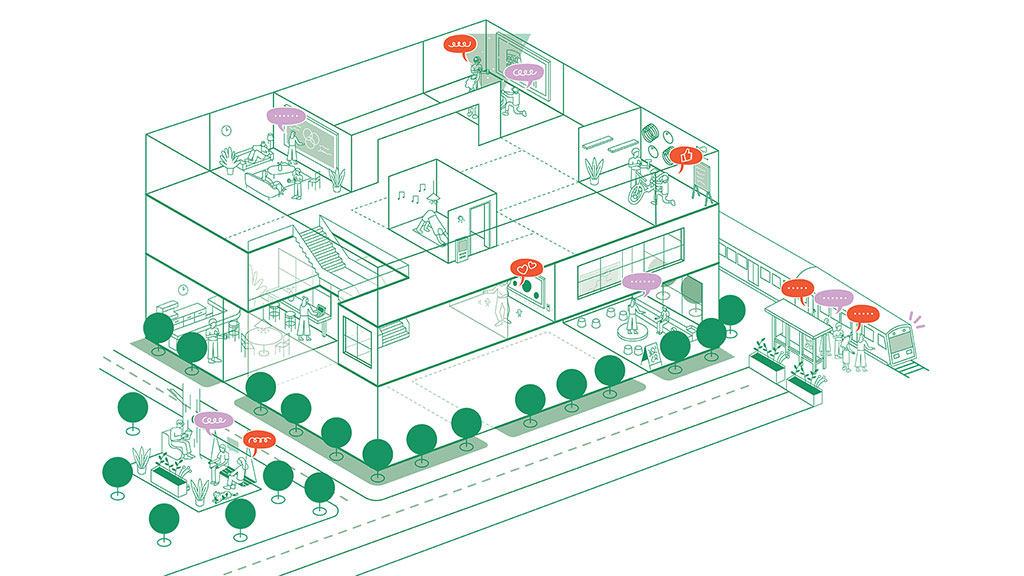
Is Belonging the New Currency for Workplace Design?
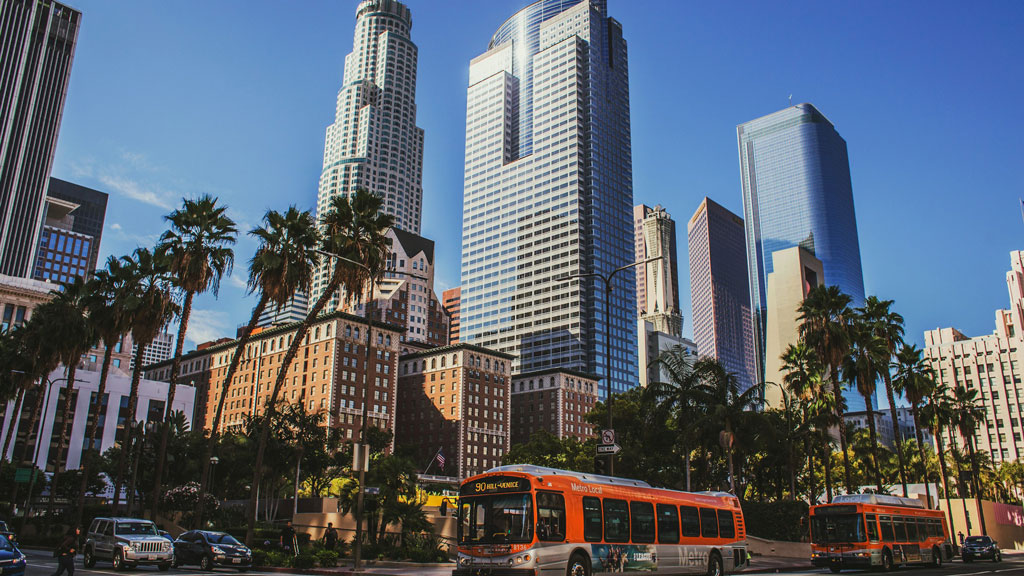
How a New Vision for Flexible Co-Living Conversions Can Support Housing Affordability
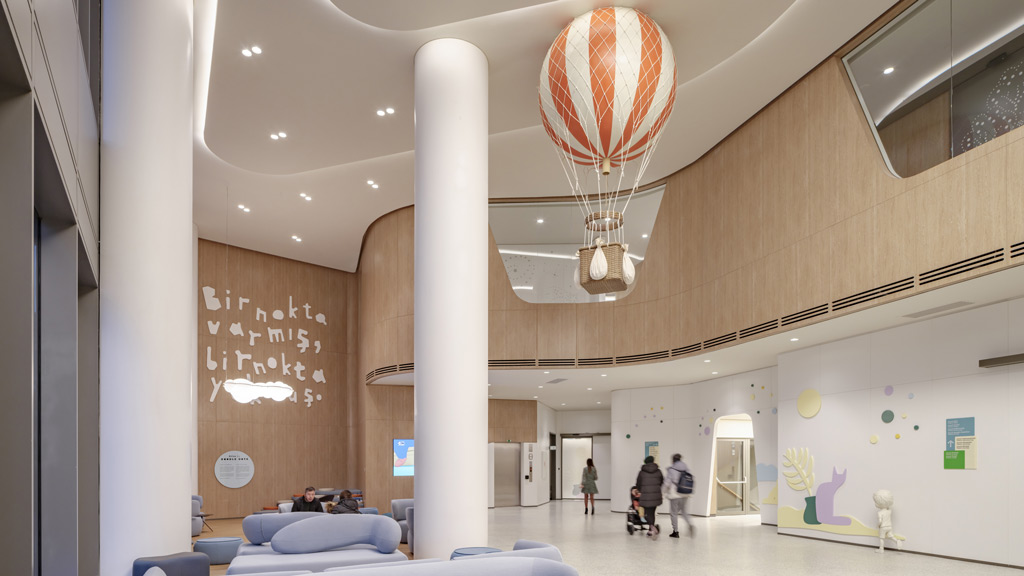
What Spa and Wellness Spaces Can Teach Us About Transforming Behavior
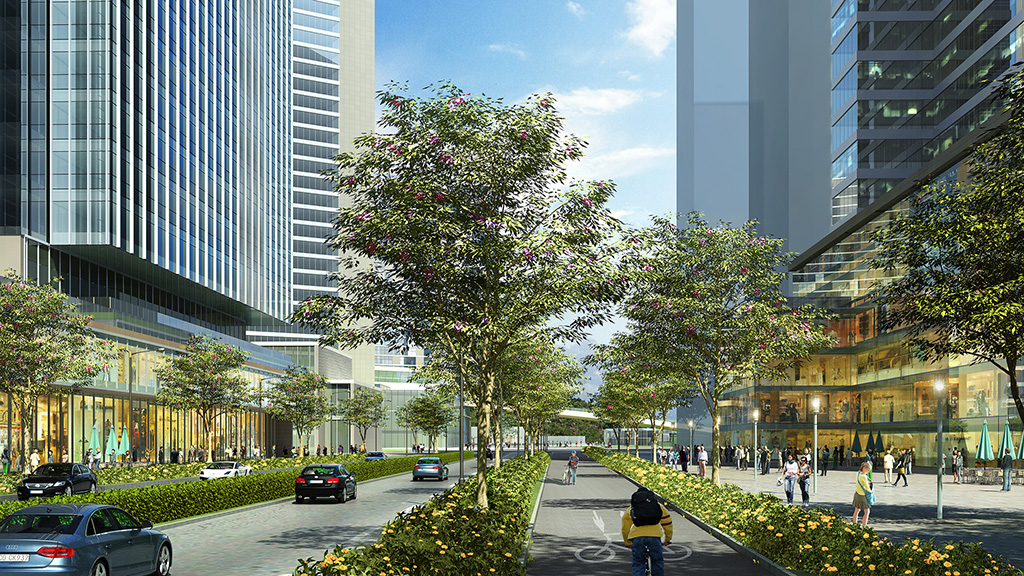
Designing Safe, Walkable Cities for Future Generations of Children
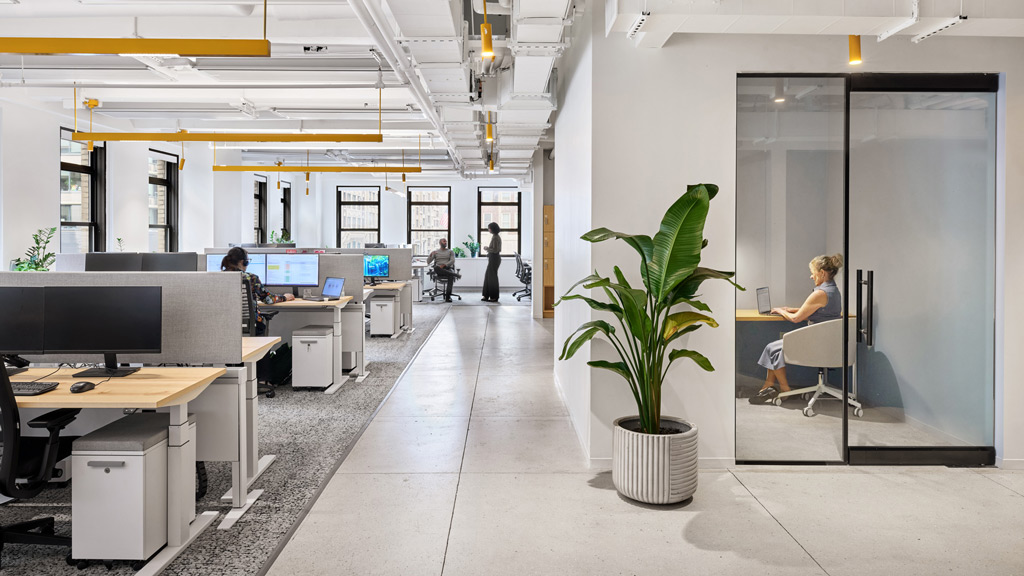
Creating Inclusive Spaces by Designing for Neurodiversity
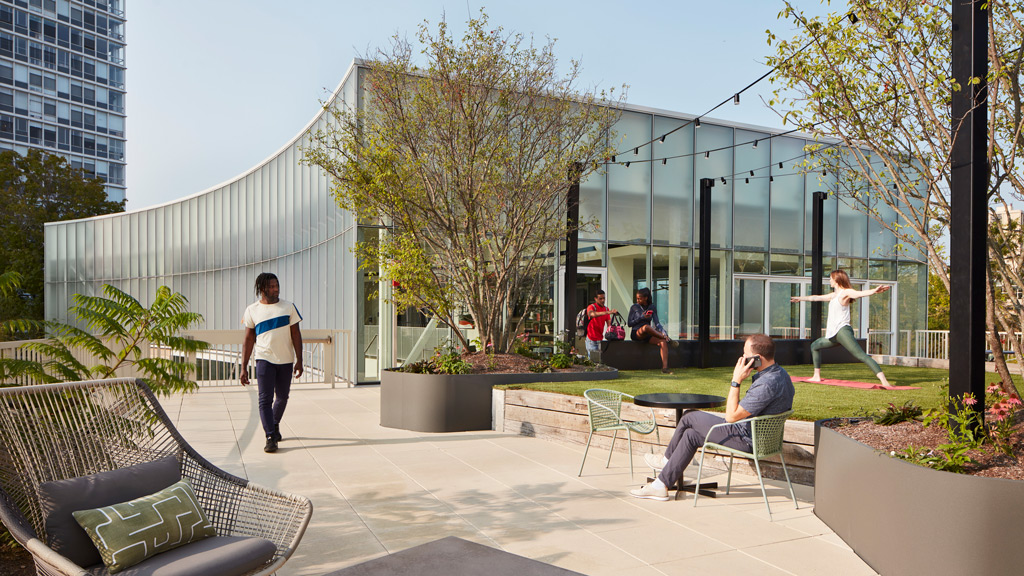
Uncovering Growth: Wellness Real Estate Across the Market
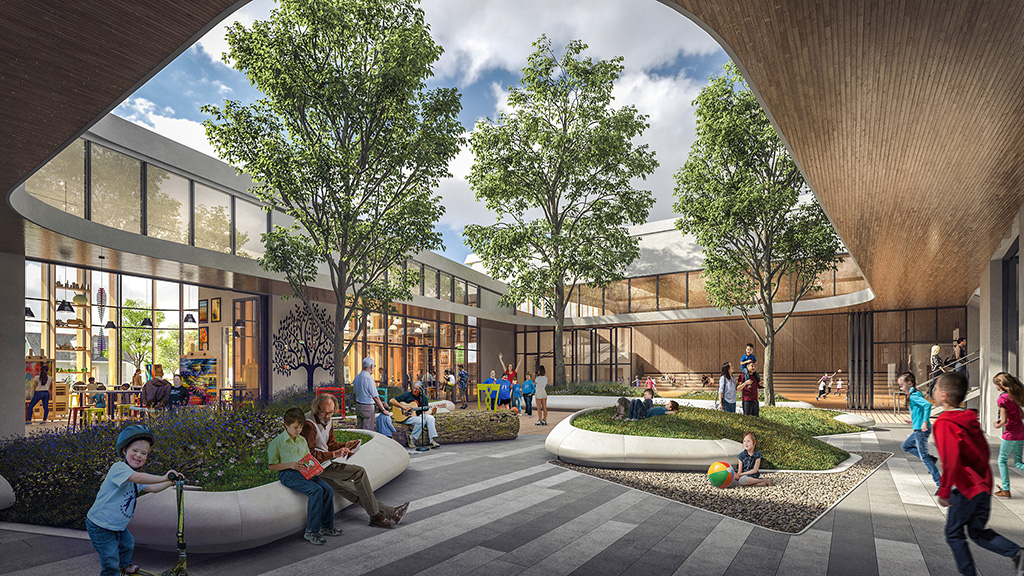
The Impact of Inclusive Design on Children’s Health and Happiness
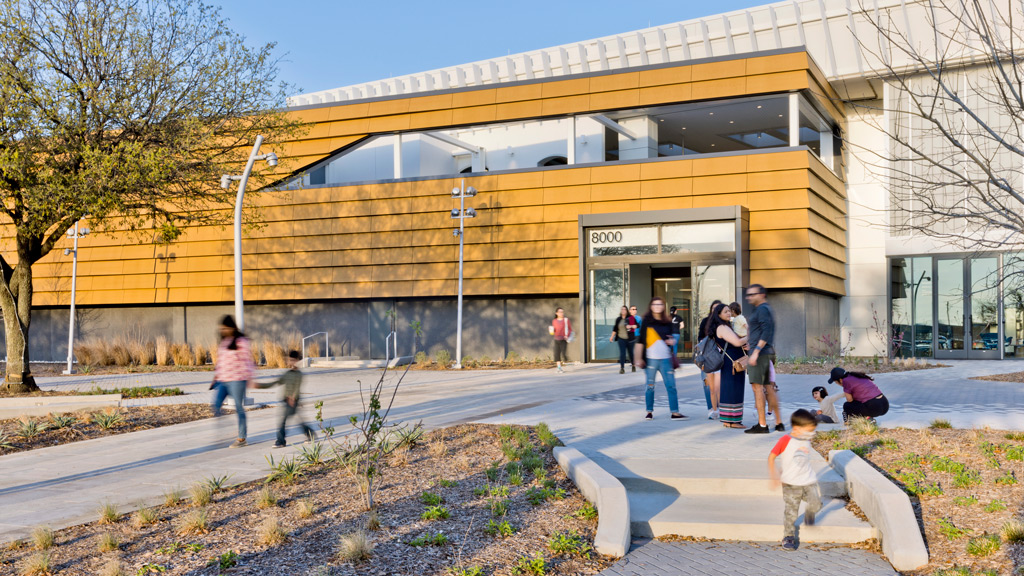
Inclusive Design for the 21st Century Library
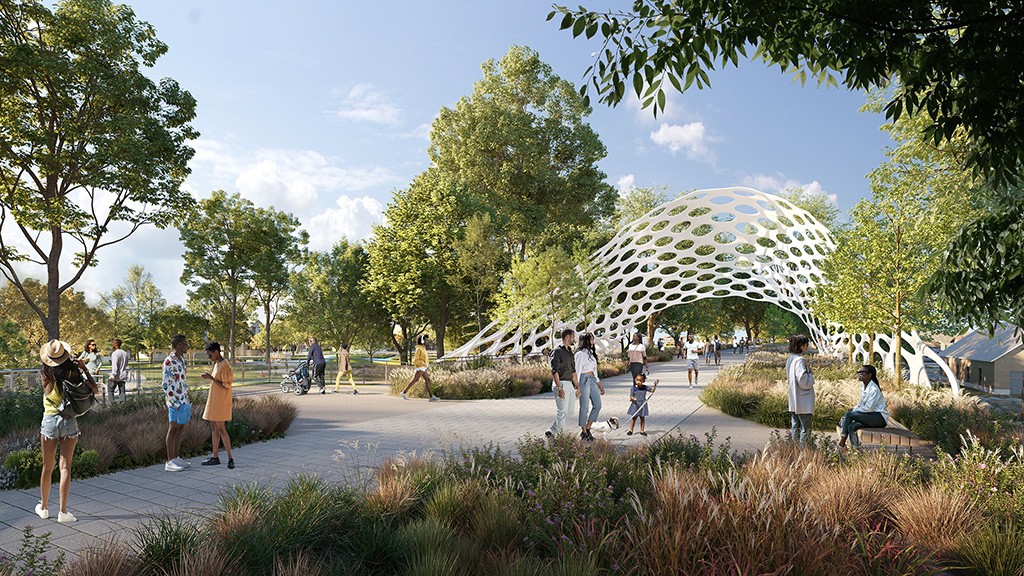
How Urban Design and Educational Spaces Can Combat Child Loneliness
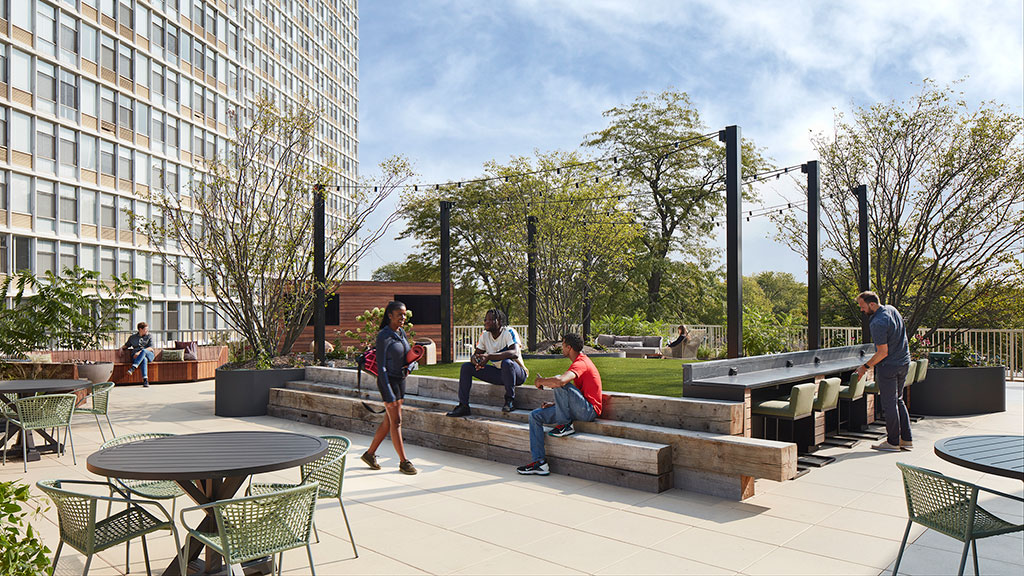
How Design Can Integrate Social Value Into Residential Developments
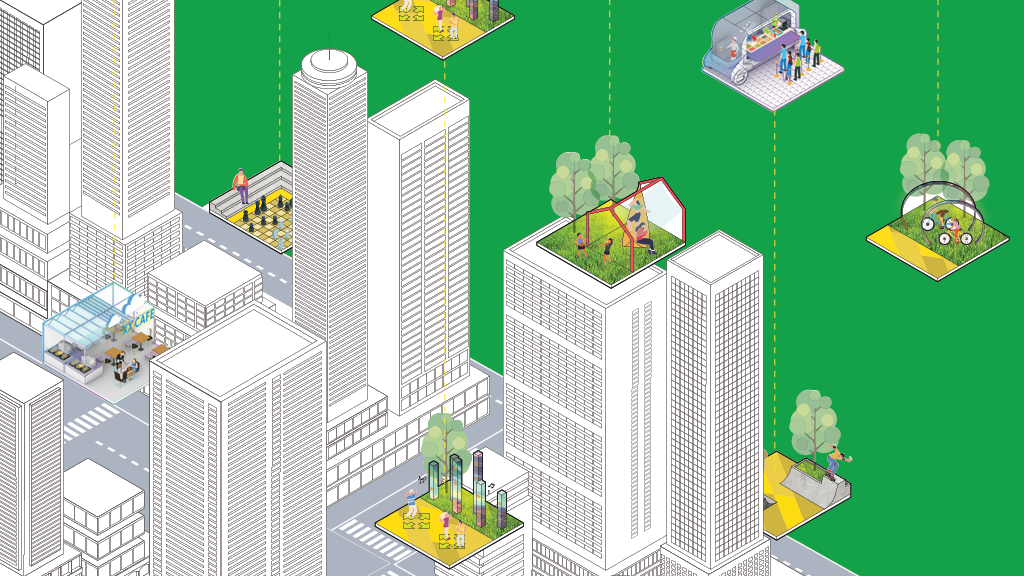
Redefining the Future of Urban Wellness in China
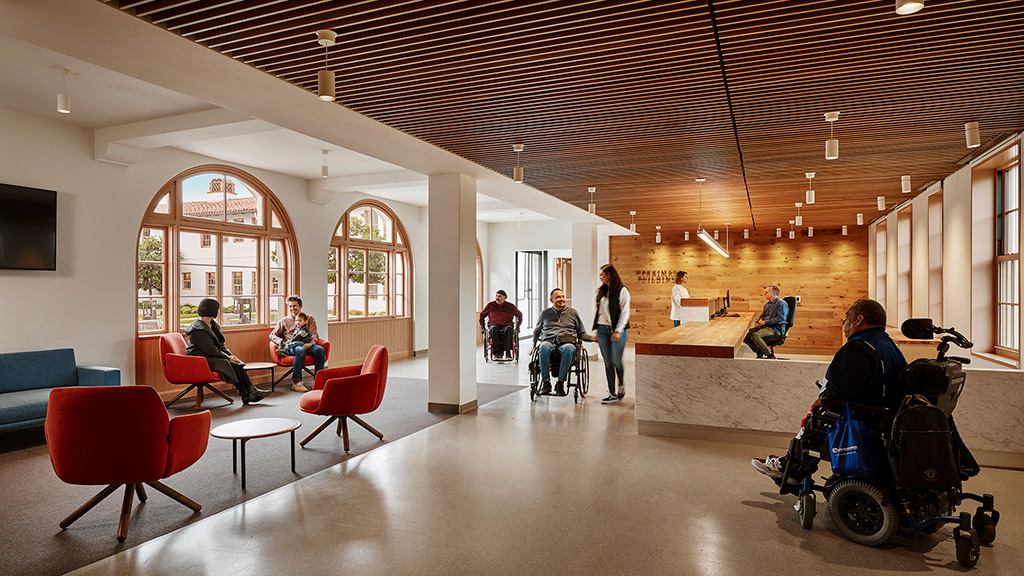
Design as a Superpower in the Senior Living Industry
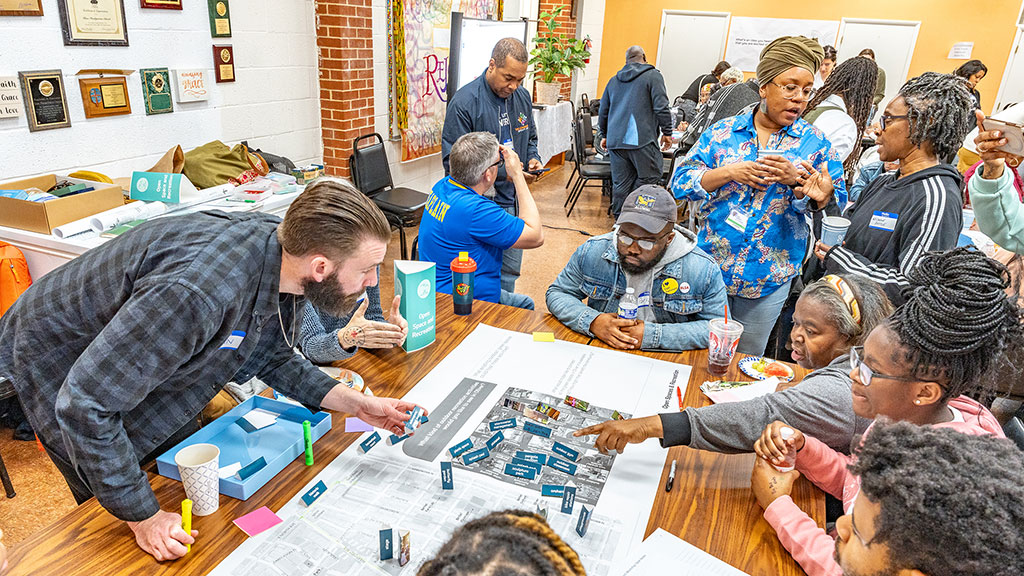
Equitable Public Engagement for a Changing World
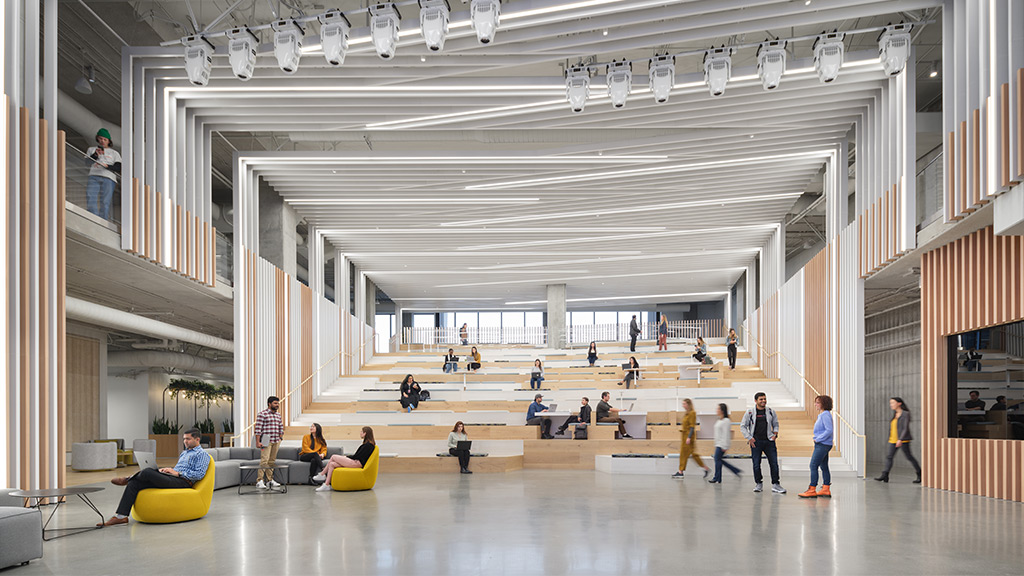
Adobe’s Founders Tower Provides a Glimpse Into the Future of Work
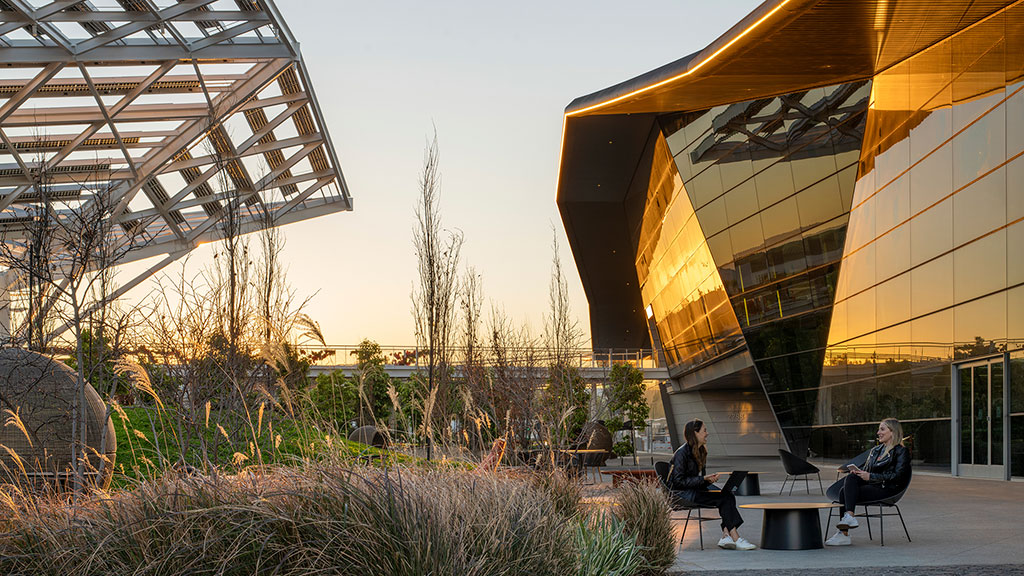
Trends to Watch Shaping the Future of Wellness
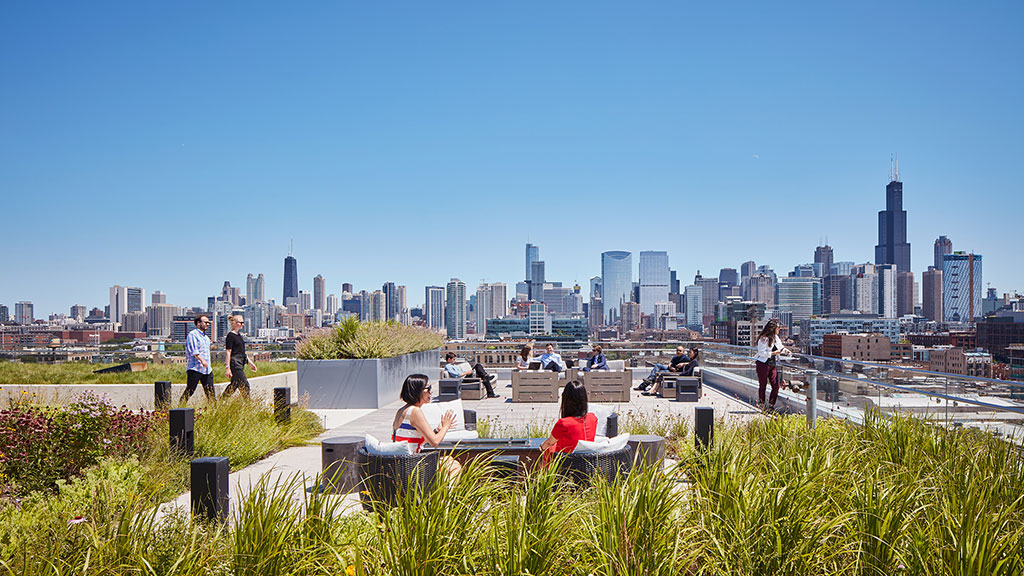
Designing a New Future of Cities Through Wellness and Experience Design
Wellness becomes an ecosystem, rather than just an amenity.
Wellness ecosystems expand beyond single-serving amenities like juice bars and yoga rooms to integrate wellness into every aspect of physical space and culture, from inclusive design guidelines to nutrition programs, to healthy and sustainable building materials.
Industry-wide investment in wellness creates new real estate markets.
The wellness ecosystem is becoming a multiplier that will drive investment and create new value across markets. Buildings embedded with holistic wellness spaces and innovations will drive rent premiums and lease rates to spur growth in stagnant markets.
Employers use science-based principles to measure impact.
Increasing stakeholder demands and new regulatory requirements are driving a need to quantify wellness initiatives. Measuring impact around things like walkability, green space, and employee access to active-design workstations will allow employers to demonstrate their commitment to wellness.
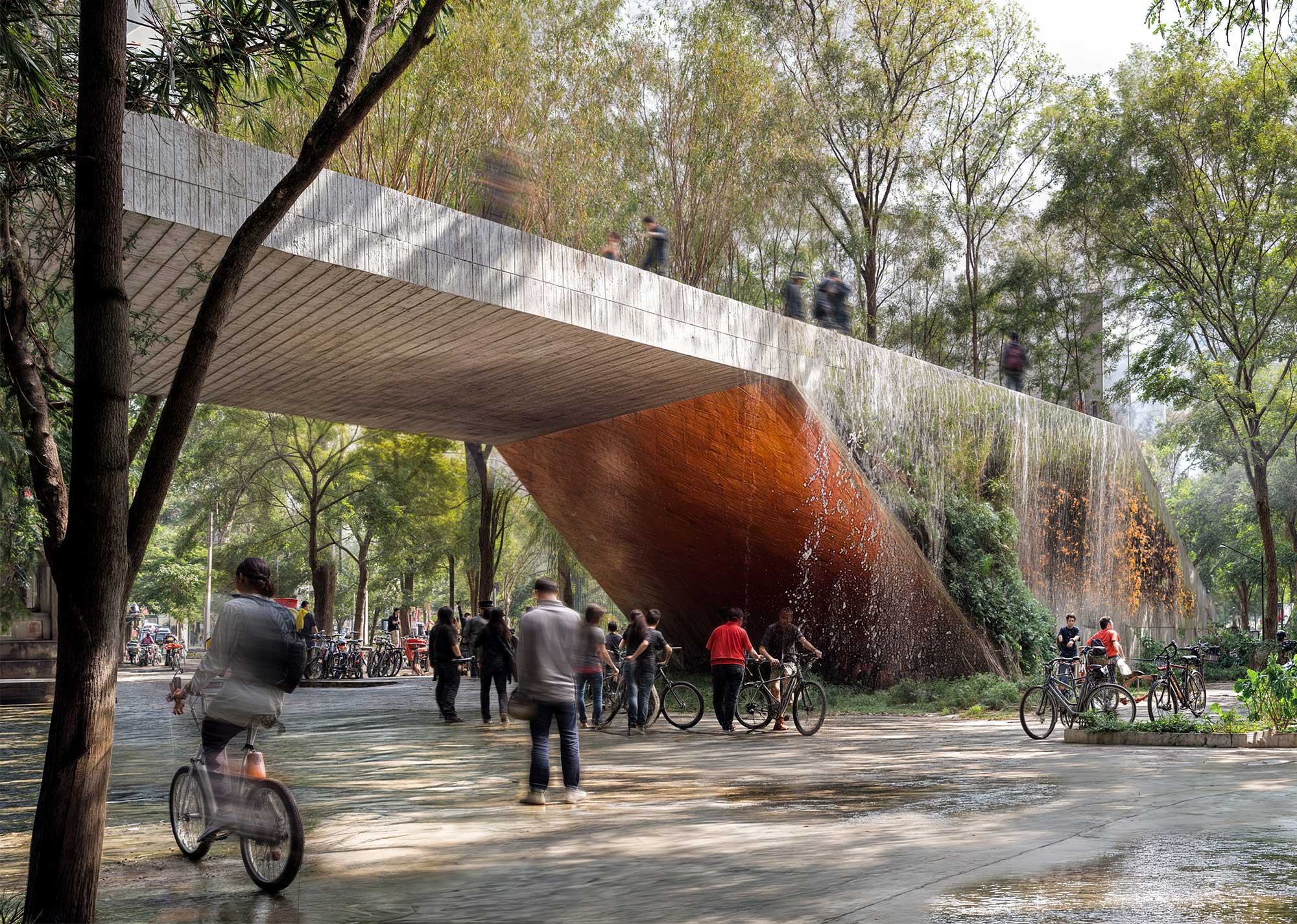
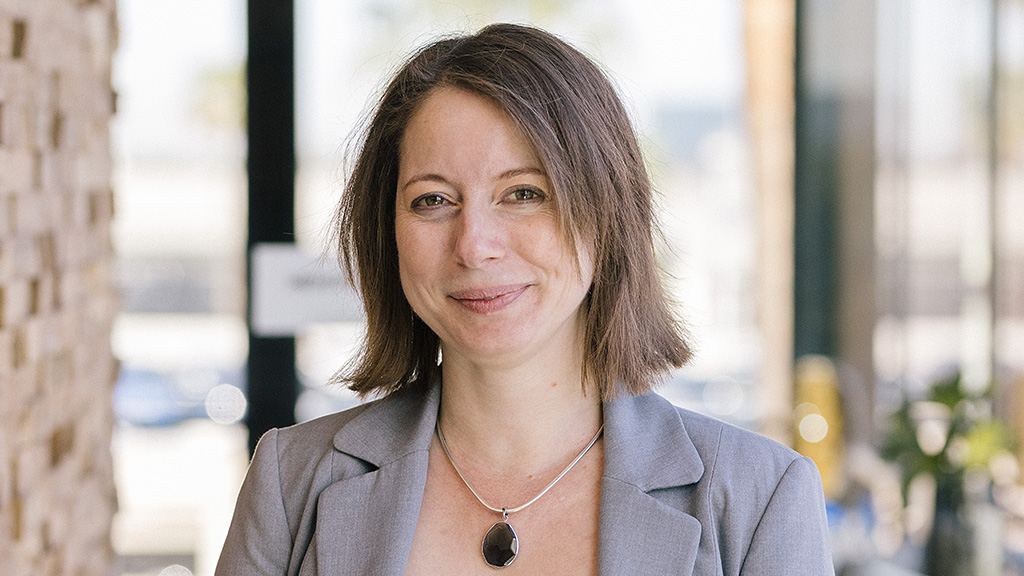
Stacey Olson
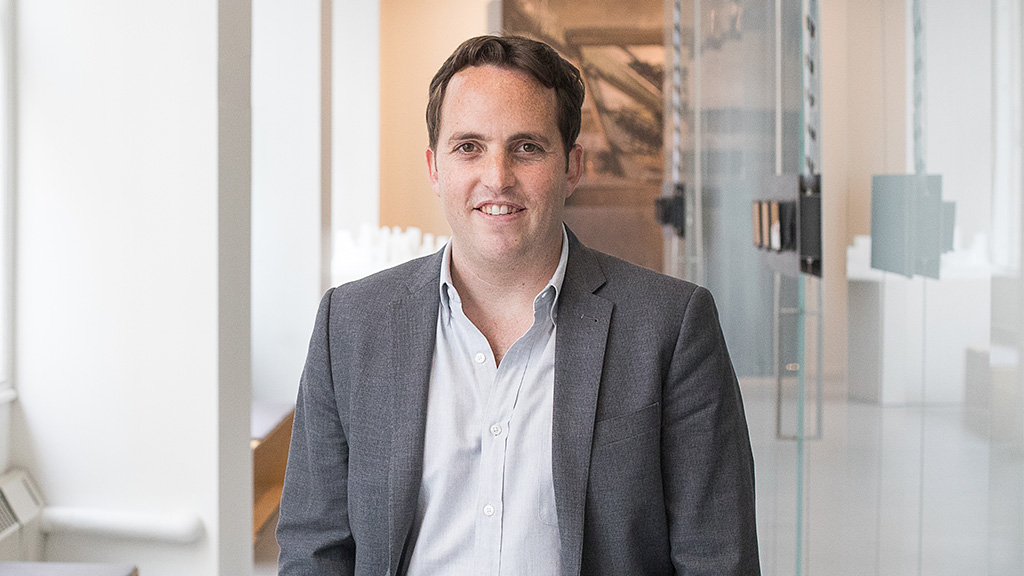
Michael Schur

Meghan Webster
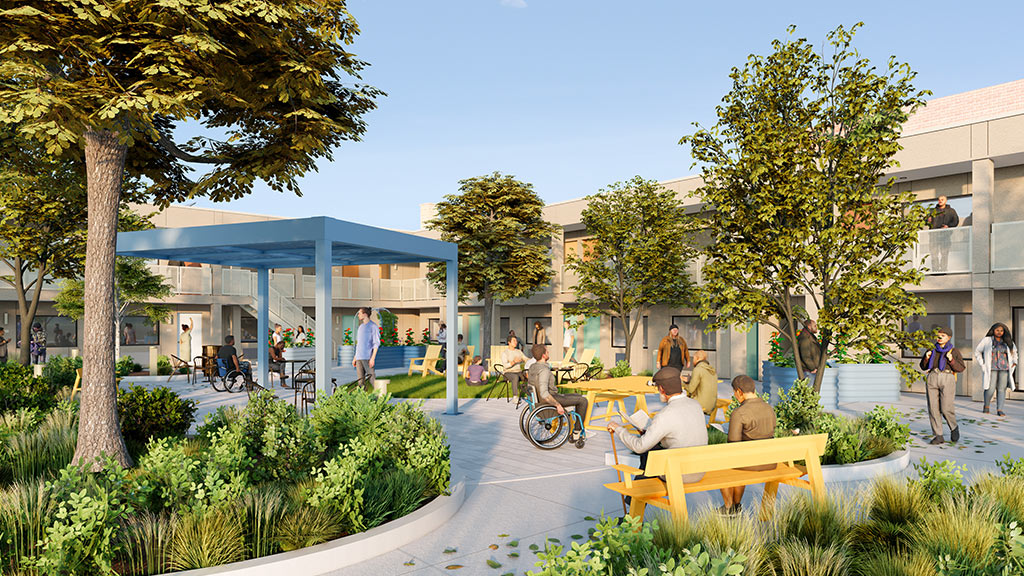
Gensler’s Thoughtful, Trauma-Informed Design Approach To Transform an Old Motel Into the Haven on Lincoln
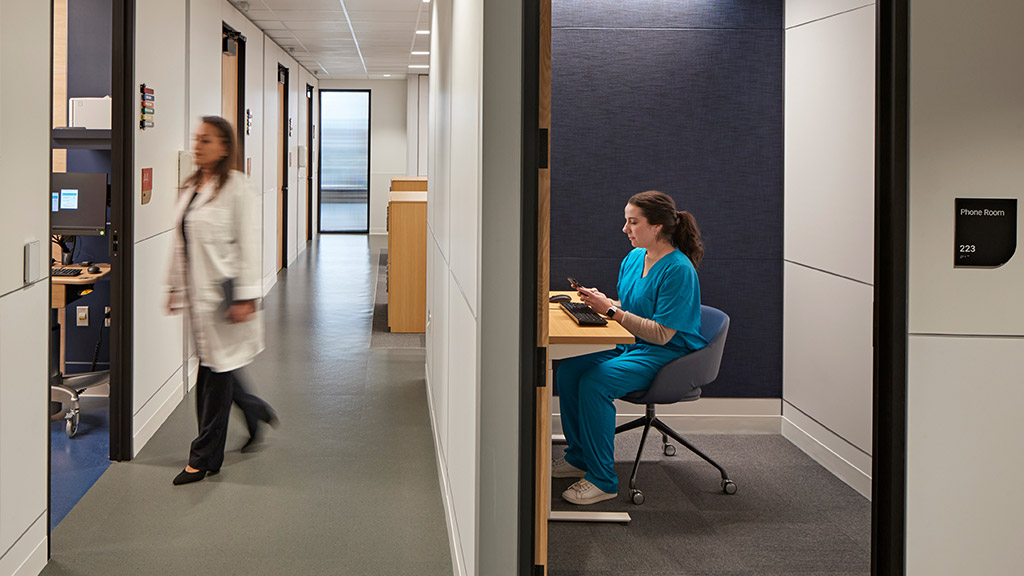
How Healthcare Facility Design and Operations Can Support Holistic Well-Being for Healthcare Workers
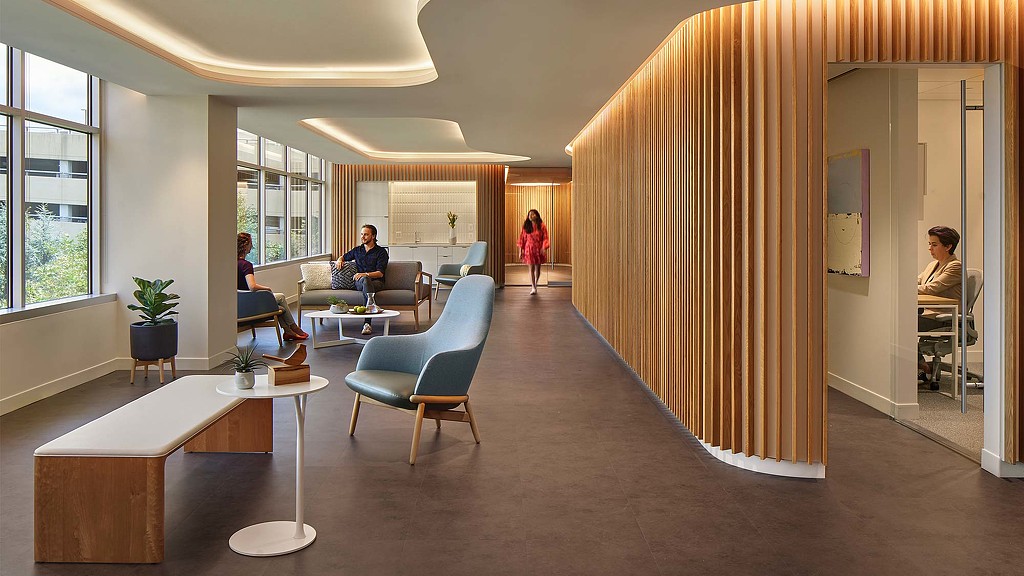
Bill Richards Aquilino Cancer Center Is ‘At the Forefront of a Budding Renaissance in Psychedelic Medicine’
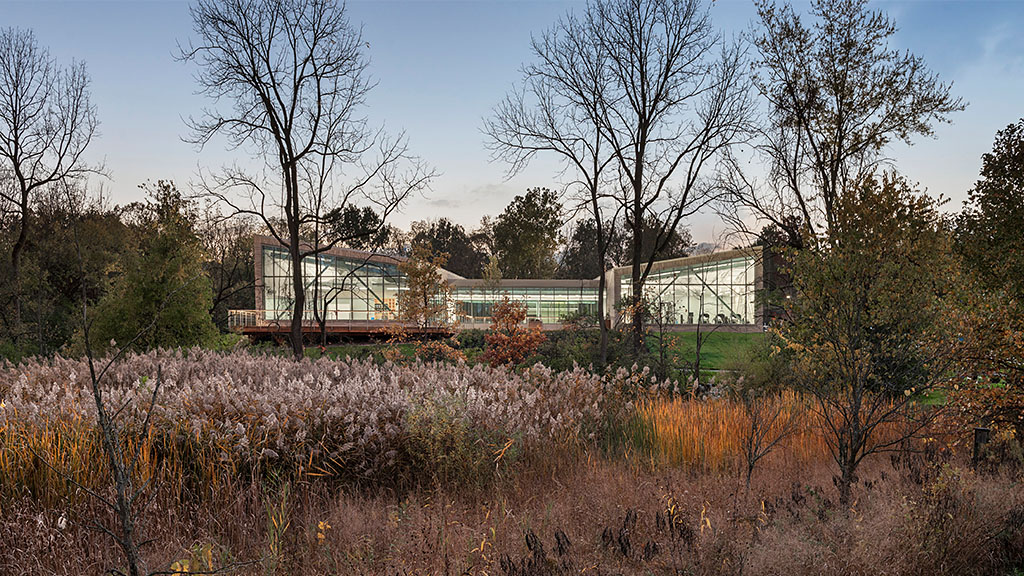
AIA Honors OhioHealth Neuroscience Wellness Center, Designed by Gensler, in the 2023 National Healthcare Design Awards
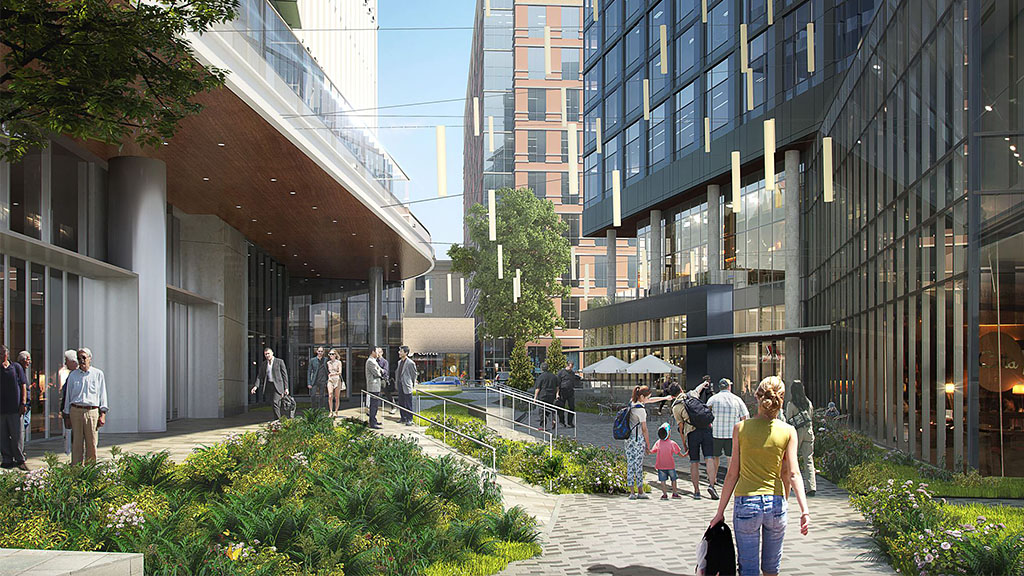
The Center for Active Design Honors Gensler in the Best in Building Health 2023 Awards
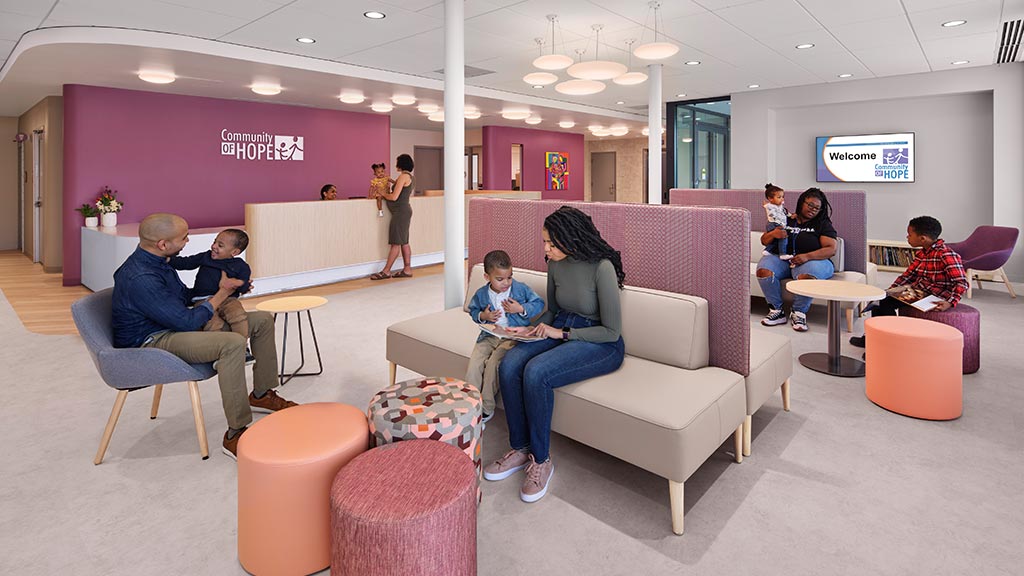
How To Create a Warm, Welcoming Experience for Patients and Visitors Alike
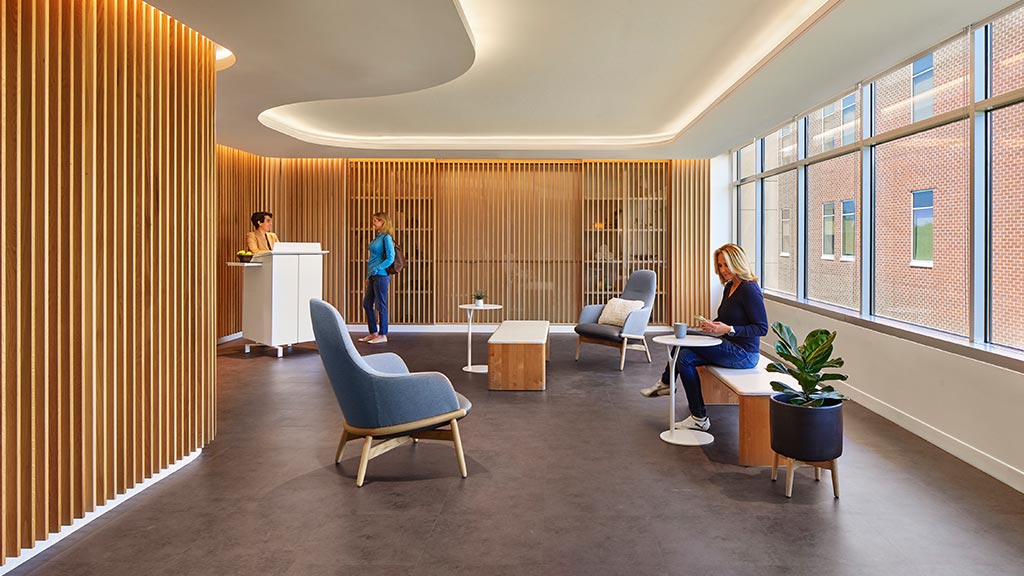
The Health & Wellness Design Market Research Report Lists Gensler as a Key Player in Health and Wellness Design
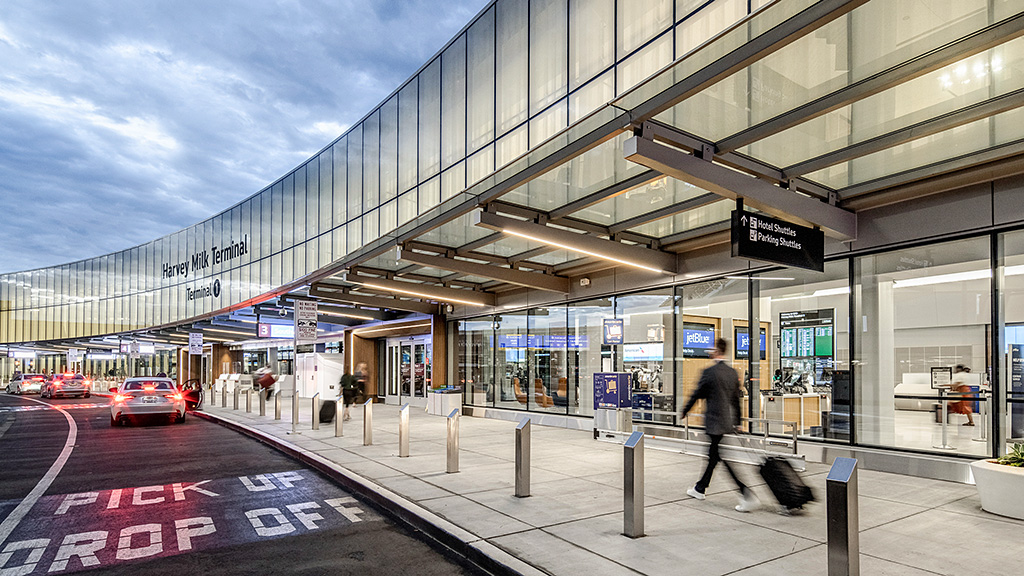
SFO’s Harvey Milk Terminal 1 Becomes the First Airport Terminal in the World to Achieve Full WELL Certification

A Gensler-Designed Healing Center Is Named a Winner of IIDA’s 10th Annual Healthcare Design Awards
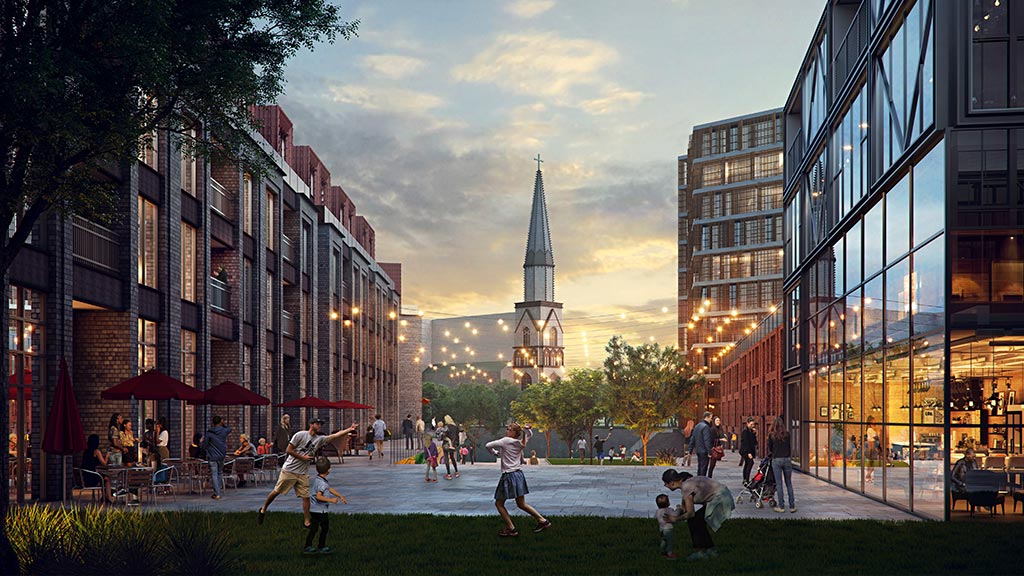
Insights on Expanding Our Idea of the 20-Minute City
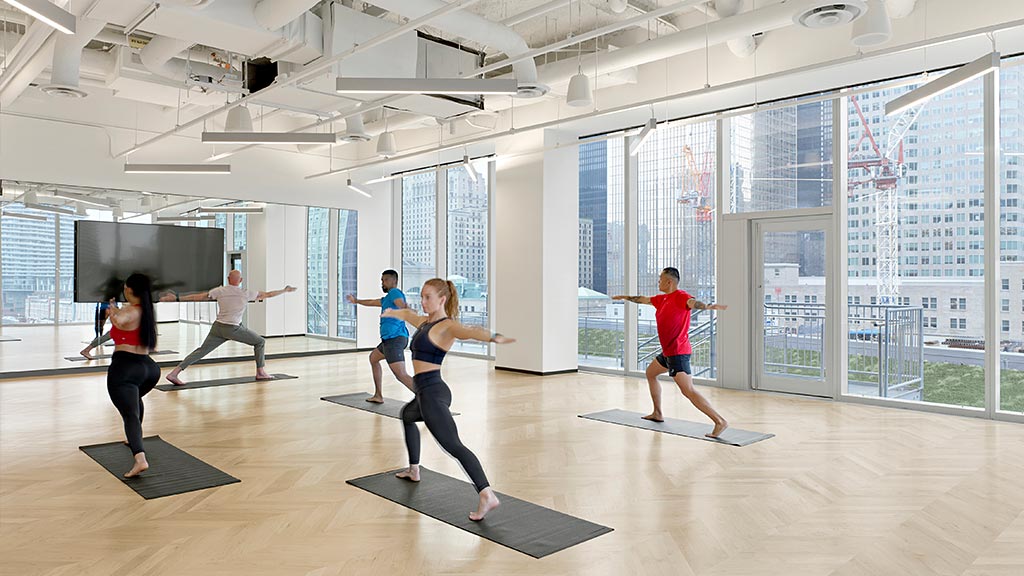
A High-End Gym Designed to Attract Workers Back to the Office

How Biophilic Design Can Be Used More Extensively in Offices
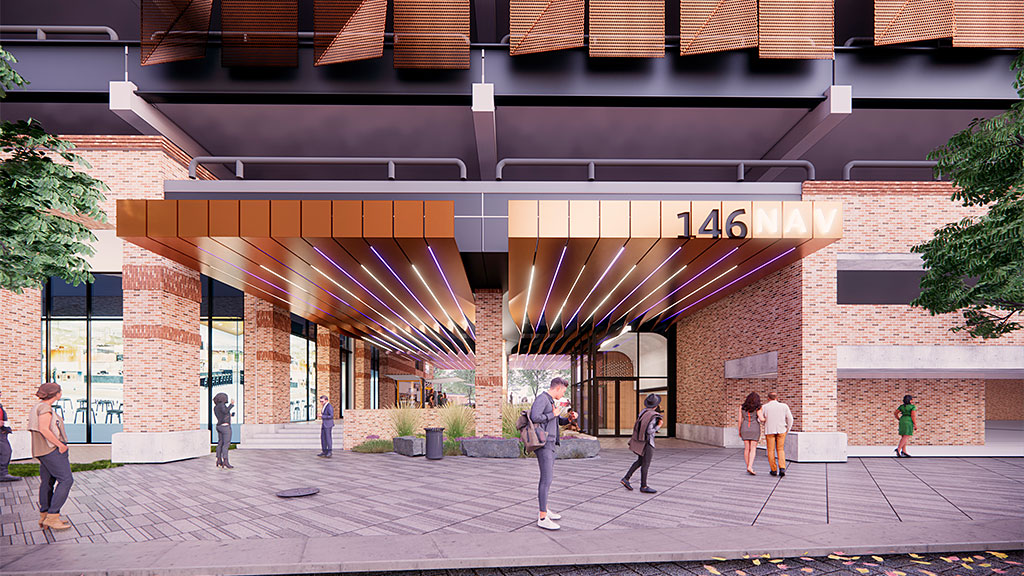
Gensler Wellness Leader Stacey Olson Discusses How Office Spaces Are Being Reimagined Post-Pandemic
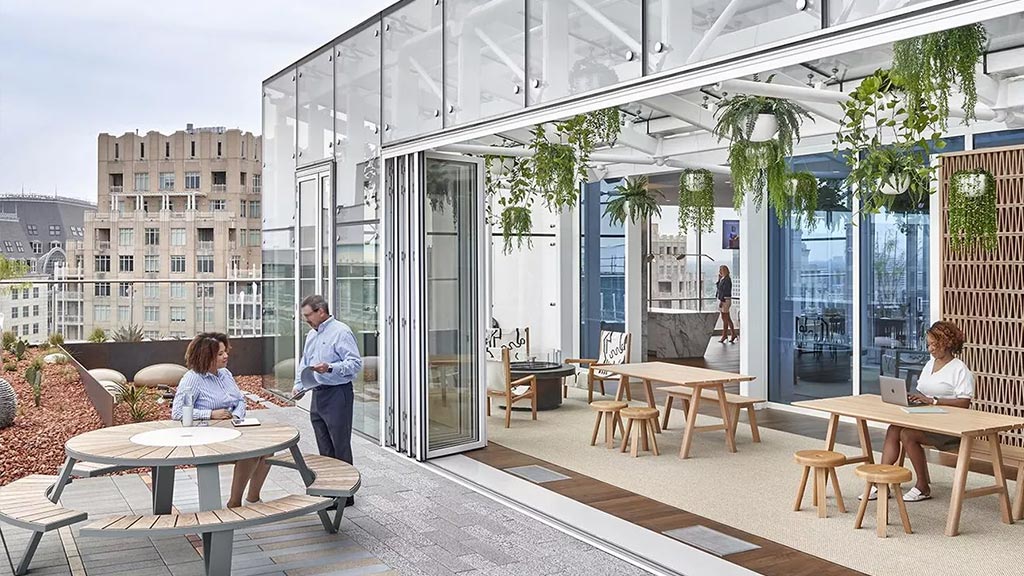
How “Healthy Buildings” Can Coax Workers Back to the Office With Health and Wellness Amenities
